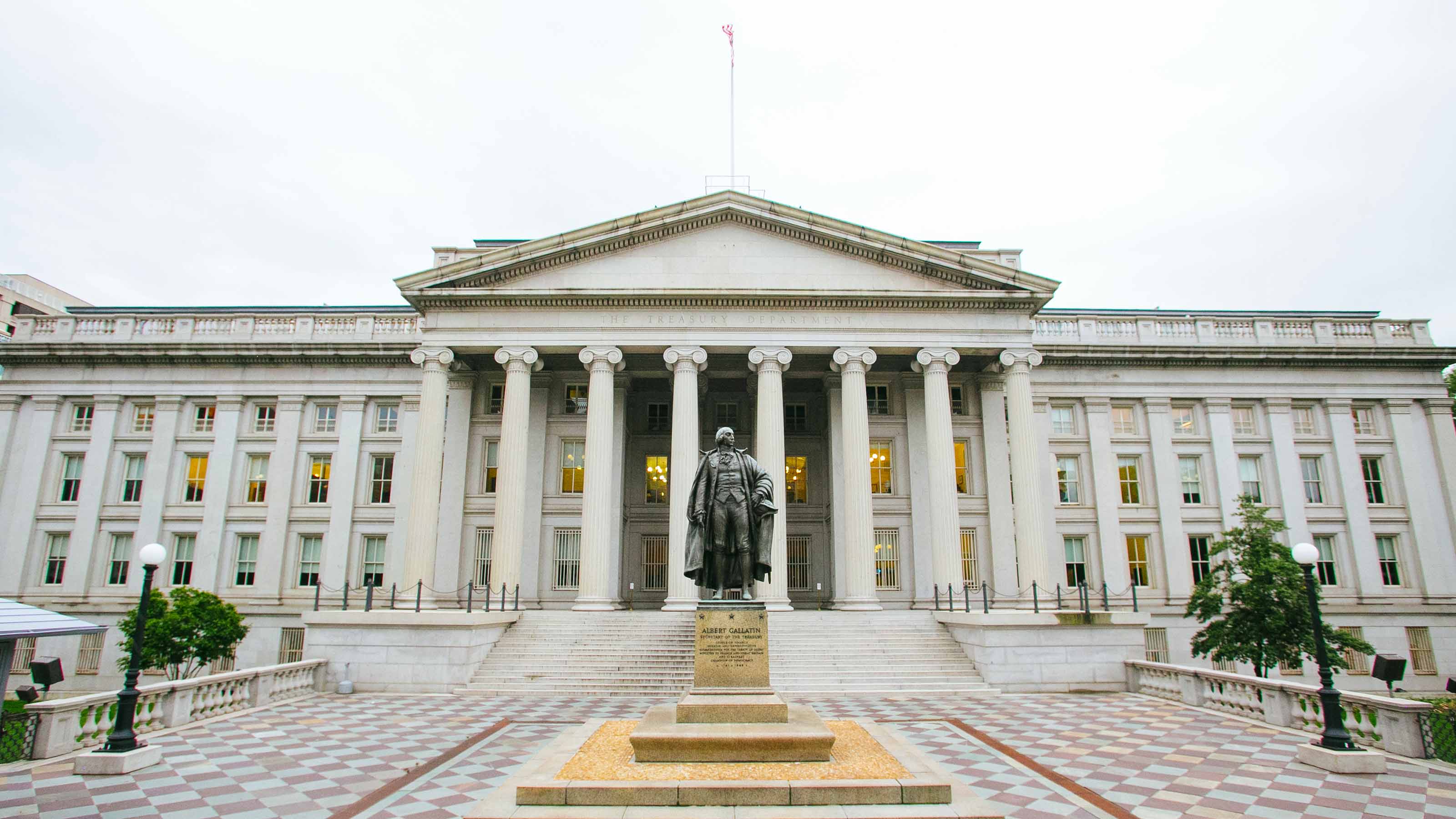Outlook for Income Investors, 2013
Expect most bonds and bond funds to keep their value while you collect the income they generate.

Sorry, but the passing of Election Day doesn’t make it easier to decode the bond market. The list of risks to your fixed-income investments does not include the outcome of political campaigns, at least not in the short run. It does include inflation, changes in tax law, banking crises, moves by the Federal Reserve, default trends, ratings downgrades -- well, you get the idea.
So let's put the voting behind us and ponder how bonds are likely to behave over the next year. Assuming a resolution of the looming "fiscal cliff" (massive federal spending cuts and tax increases that are slated to take effect in January), the outlook for corporate and municipal credit quality is stable. However, with little room for interest rates to fall further, don't expect a repeat of the 7% to 12% returns that many bond categories produced in 2012 (bond prices move in the opposite direction of interest rates).
But it is reasonable to expect most bonds and bond funds to keep their value while you collect the income they generate. "Looks like we'll tread water for a while," says Bonnie Baha, a bond manager for DoubleLine funds.
From just $107.88 $24.99 for Kiplinger Personal Finance
Become a smarter, better informed investor. Subscribe from just $107.88 $24.99, plus get up to 4 Special Issues

Sign up for Kiplinger’s Free Newsletters
Profit and prosper with the best of expert advice on investing, taxes, retirement, personal finance and more - straight to your e-mail.
Profit and prosper with the best of expert advice - straight to your e-mail.
The relatively benign forecast goes out the door if a budget impasse raises the specter of a government default. But if lawmakers achieve a grand budget deal that raises income-tax rates, some yield-oriented investments will gain appeal at the expense of others. Higher personal tax rates would boost demand for tax-free bonds and tax-deferred cash machines, such as pipeline partnerships. Part of the splendid performance of municipal bonds in 2012 was due to the remote chance that the tax rate on dividends could end up the same as the rate on regular income, which was set to climb as high as 43.4% in 2013.
As for the economy, Kiplinger's envisions another year of sluggish-to-moderate growth. We predict that the yield on ten-year Treasury bonds, 1.7% in early November, will creep past 2% in 2013. We also see no upsurge in inflation, the biggest enemy of fixed-income investors. Figure on prices rising 2% in 2013, about the same as in 2012.
Even so, keep maturities short—don't own any bonds maturing in more than five years. And don't own any certificates of deposit for serious income—they don't pay enough. Fund investors should consider Vanguard Short-Term Investment Grade (symbol VFSTX), which yields a hair over 1%. (For other ideas, see Where to Stash Your Cash Now.)
But what if you aspire to more income? Because of the bond market's strong performance in 2012, it's harder than ever to get good yields without taking extraordinary risks. No bond category is particularly cheap, so we'll go the old green, yellow, red route. Greens are buys. Yellows are safe to hold. Red is red. (For some specific picks, see Mairs & Power Growth: A Worthy Substitute for BBH Core Select, and Introducing the Kiplinger Income 25.)
Green. Although yields of high-grade municipals have fallen substantially, they still offer decent value, especially if you're in a high tax bracket. Emerging-markets bond funds will continue to benefit from falling interest rates around the globe and above-average economic growth in developing nations. Investment-grade corporates should also hold their value. Another good choice is a bank-loan fund, such as Fidelity Floating Rate High Income (FFRHX), which yields 3.0%.
Yellow. Money invested in mortgages, such as Ginnie Mae funds, is safe and the income is reliable, but a rise in refinancing could trim yields to about 2%. Corporate junk bonds have had a great run, limiting the potential for additional capital gains in 2013. But you should still be able to collect yields of about 5% (see 5 Jewels Among Junk Bond Funds).
Red. Yields from long-term Treasury bonds and junk municipals are not enough to justify the risks.
Jeff Kosnett is a senior editor at Kiplinger's Personal Finance.
Kiplinger's Investing for Income will help you maximize your cash yield under any economic conditions. Subscribe now!
Profit and prosper with the best of Kiplinger's advice on investing, taxes, retirement, personal finance and much more. Delivered daily. Enter your email in the box and click Sign Me Up.

Kosnett is the editor of Kiplinger Investing for Income and writes the "Cash in Hand" column for Kiplinger Personal Finance. He is an income-investing expert who covers bonds, real estate investment trusts, oil and gas income deals, dividend stocks and anything else that pays interest and dividends. He joined Kiplinger in 1981 after six years in newspapers, including the Baltimore Sun. He is a 1976 journalism graduate from the Medill School at Northwestern University and completed an executive program at the Carnegie-Mellon University business school in 1978.
-
 We're retired and mortgage-free, but he wants to downsize.
We're retired and mortgage-free, but he wants to downsize.We've paid off our mortgage, have $970K in savings and $5K each month from Social Security. Kiplinger asked wealth planners for advice.
-
 How to Avoid Feeling Too Guilty to Spend in Retirement
How to Avoid Feeling Too Guilty to Spend in RetirementAre you living below your means in retirement because you fear not having enough to leave to your kids? Here's how to get over that.
-
 Strategies for Women to Maximize Social Security Benefits
Strategies for Women to Maximize Social Security BenefitsWomen often are paid less than men and live longer, so it's critical that they know their Social Security options to ensure they claim what they're entitled to.
-
 What Fed Rate Cuts Mean For Fixed-Income Investors
What Fed Rate Cuts Mean For Fixed-Income InvestorsThe Fed's rate-cutting campaign has the fixed-income market set for an encore of Q4 2024.
-
 The Most Tax-Friendly States for Investing in 2025 (Hint: There Are Two)
The Most Tax-Friendly States for Investing in 2025 (Hint: There Are Two)State Taxes Living in one of these places could lower your 2025 investment taxes — especially if you invest in real estate.
-
 The Final Countdown for Retirees with Investment Income
The Final Countdown for Retirees with Investment IncomeRetirement Tax Don’t assume Social Security withholding is enough. Some retirement income may require a quarterly estimated tax payment by the September 15 deadline.
-
 Dividends Are in a Rut
Dividends Are in a RutDividends may be going through a rough patch, but income investors should exercise patience.
-
 Why Investors Needn't Worry About U.S. Credit Downgrade
Why Investors Needn't Worry About U.S. Credit DowngradeFitch Ratings The United States saw its credit rating downgraded for just the second time in history, but experts aren't worried about the long-term damage to stocks.
-
 Municipal Bonds Stand Firm
Municipal Bonds Stand FirmIf you have the cash to invest, municipal bonds are a worthy alternative to CDs or Treasuries – even as they stare down credit-market Armageddon.
-
 High Yields From High-Rate Lenders
High Yields From High-Rate LendersInvestors seeking out high yields can find them in high-rate lenders, non-bank lenders and a few financial REITs.
-
 Time to Consider Foreign Bonds
Time to Consider Foreign BondsIn 2023, foreign bonds deserve a place on the fringes of a total-return-oriented fixed-income portfolio.